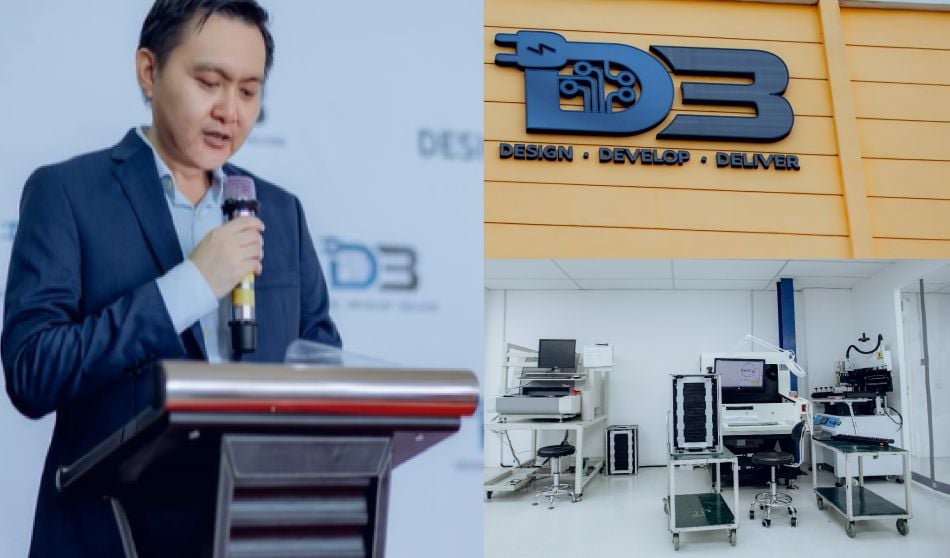Malaysia's semiconductor journey began in the 1970s, initially focusing on manufacturing and assembly. The country leveraged its cost-effective labor and abundant resources to attract multinational companies. Today, Malaysia holds nearly 7% of the global semiconductor market, with exports reaching MYR593 billion (US$138 billion) in 2022 and projections indicating a rise to MYR1.2 trillion (US$280 billion) by 2030.
Strategically located in the ASEAN region, Malaysia enjoys seamless access to major markets and boasts robust infrastructure, creating a solid foundation for success. Government support has also played a crucial role in this growth; recently, Prime Minister Dato’ Seri Anwar Ibrahim announced a MYR25 billion (US$5.8 billion) allocation for the National Semiconductor Strategy (NSS), emphasizing fiscal support and targeted incentives.
Furthermore, the New Industrial Masterplan (NIMP) 2030 aims for a 6.5% annual growth in manufacturing, targeting a significant MYR587.5 billion (US$137 billion) contribution to Malaysia’s GDP by 2023. Together, these elements underscore Malaysia's commitment to advancing its semiconductor industry and strengthening its position on the global stage.

Malaysia's supply chain is fortified by a strong pool of local equipment manufacturers and emerging companies specializing in design, AI, and integrated circuit (IC) development.
Via the various Malaysian ministries and agencies, including Malaysia Digital Economy Corporation (MDEC) and Malaysia Digital (MD) status companies such as Infinecs, D3 Innovation, MaiStorage and Oppstar, have been pivotal in this transformation, pushing the envelope and setting new standards.



4. Oppstar

The success of Malaysia's semiconductor industry is bolstered by collaborations among local and international firms, research institutions, and government agencies. Key players in Penang's semiconductor ecosystem include:
With regional competitors stepping up, Malaysia must remain agile by:
Together with MD status companies like Infinecs Systems, D3 Innovation, MaiStorage, and Oppstar, MDEC is transforming Malaysia's digital landscape. Initiatives such as the Malaysia Digital Export Grant (MDXG) and the MD Founders Center of Excellence (FOX) program aim to cultivate high-potential startups through targeted support, including market access programmes to broaden their international reach. These efforts are designed to enhance Malaysia's global competitiveness and facilitate the growth of its tech ecosystem.
As Malaysia continues to build on its strengths and expand its influence, it is poised to solidify its position in the global semiconductor arena.
For more information on Malaysia's digital initiatives and the semiconductor industry, visit MDEC.
This article is sponsored by Malaysia Digital Economy Corporation (MDEC).
We can share your story at e27, too. Engage the Southeast Asian tech ecosystem by bringing your story to the world. Visit us here to get started.

 Philippines
Philippines